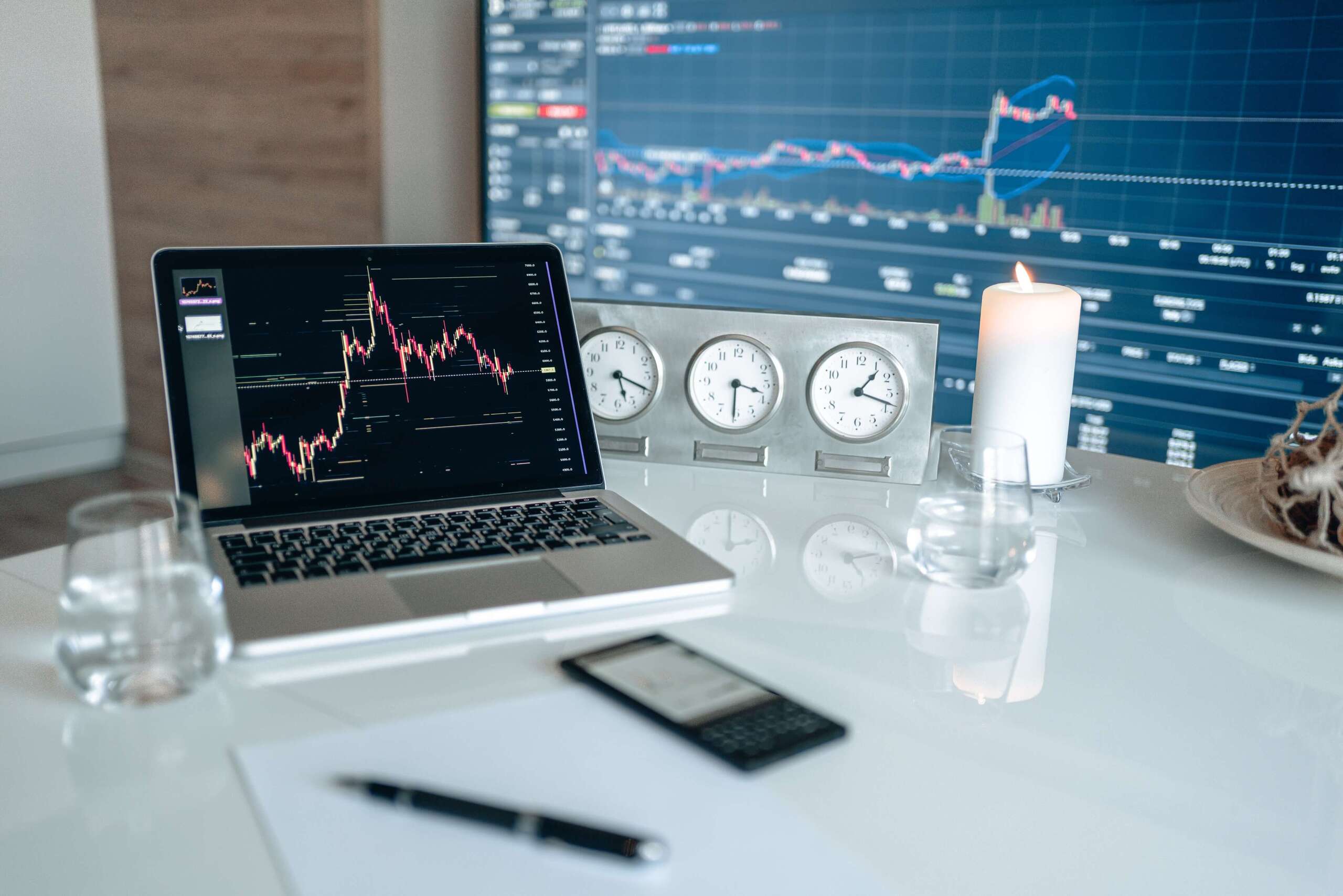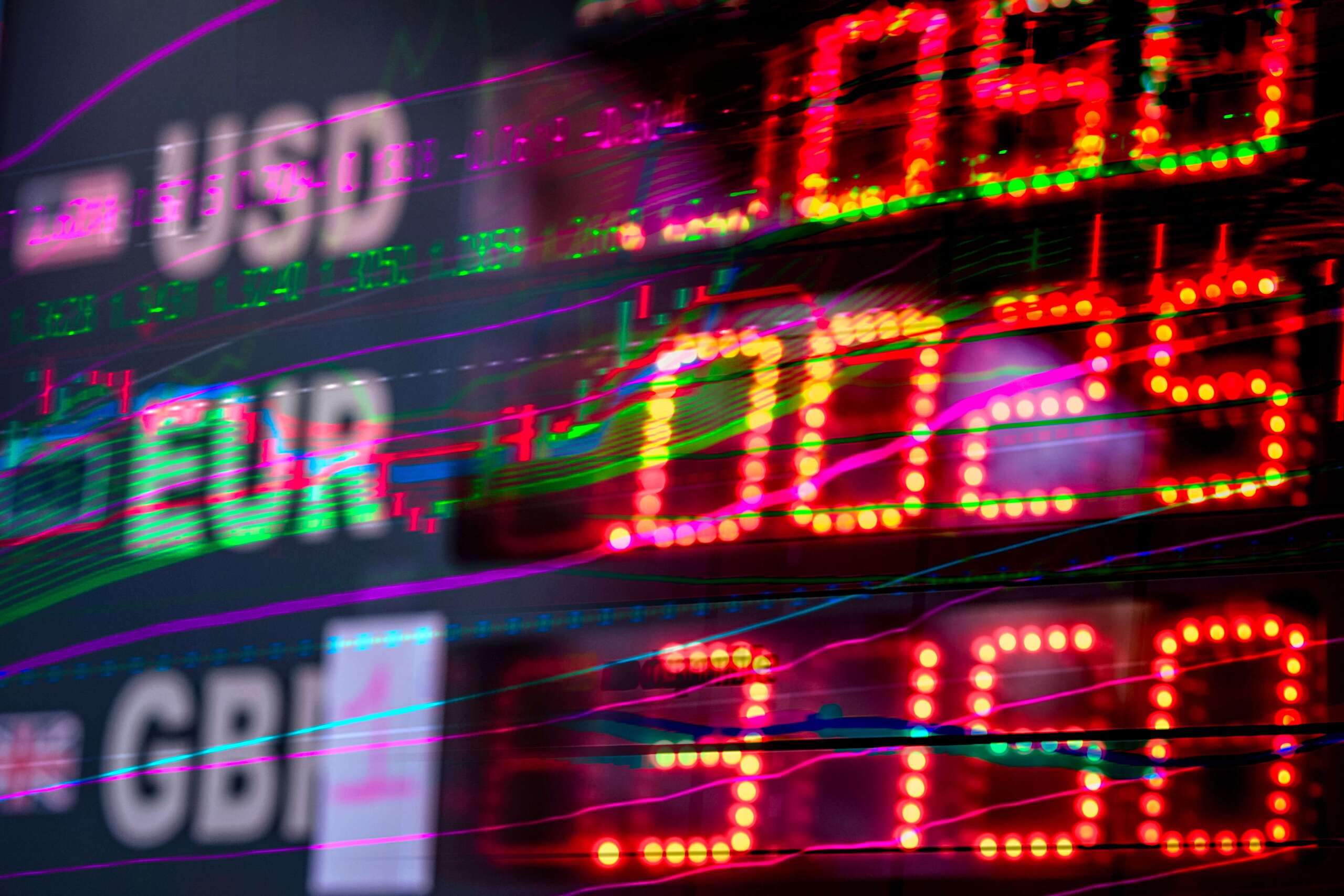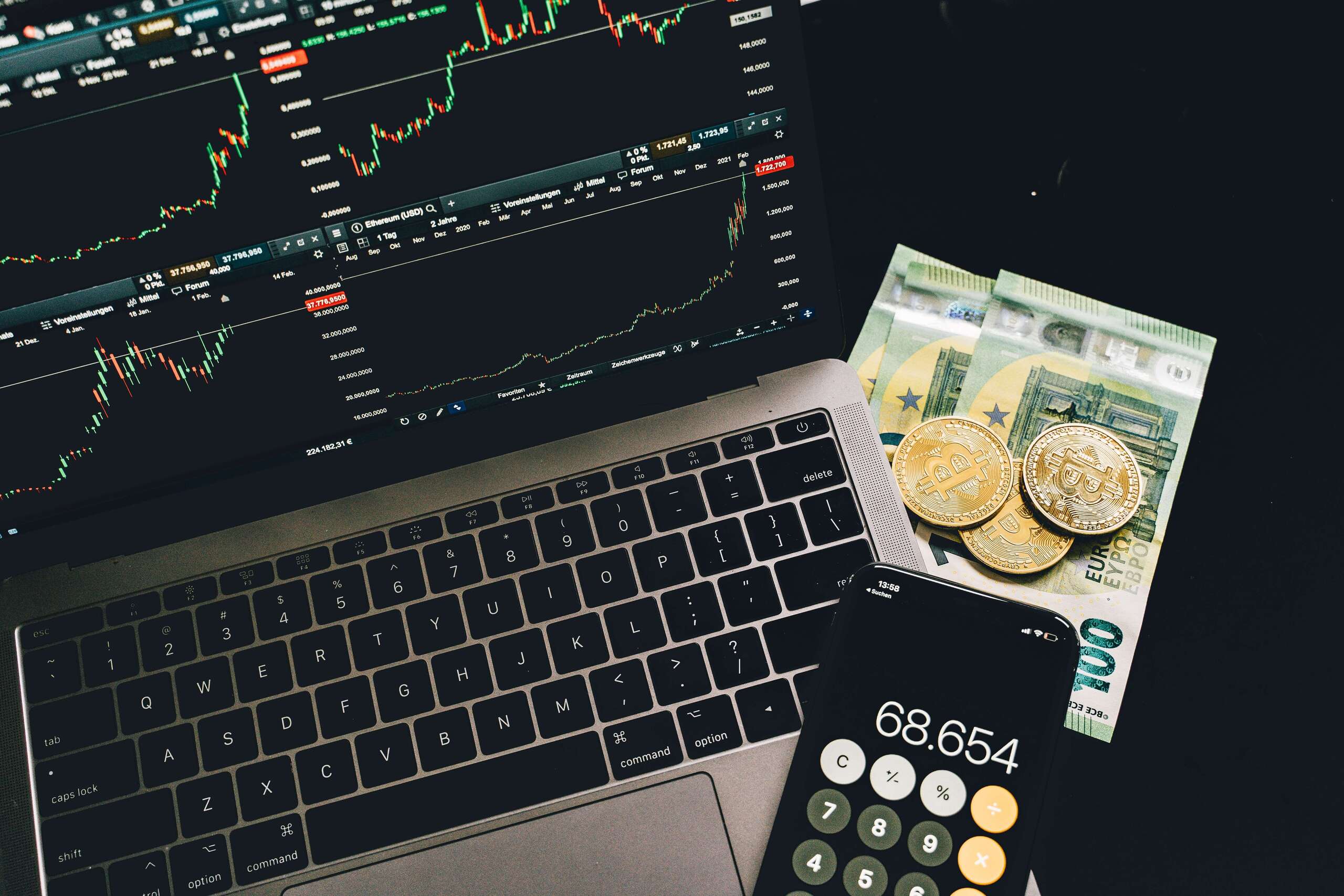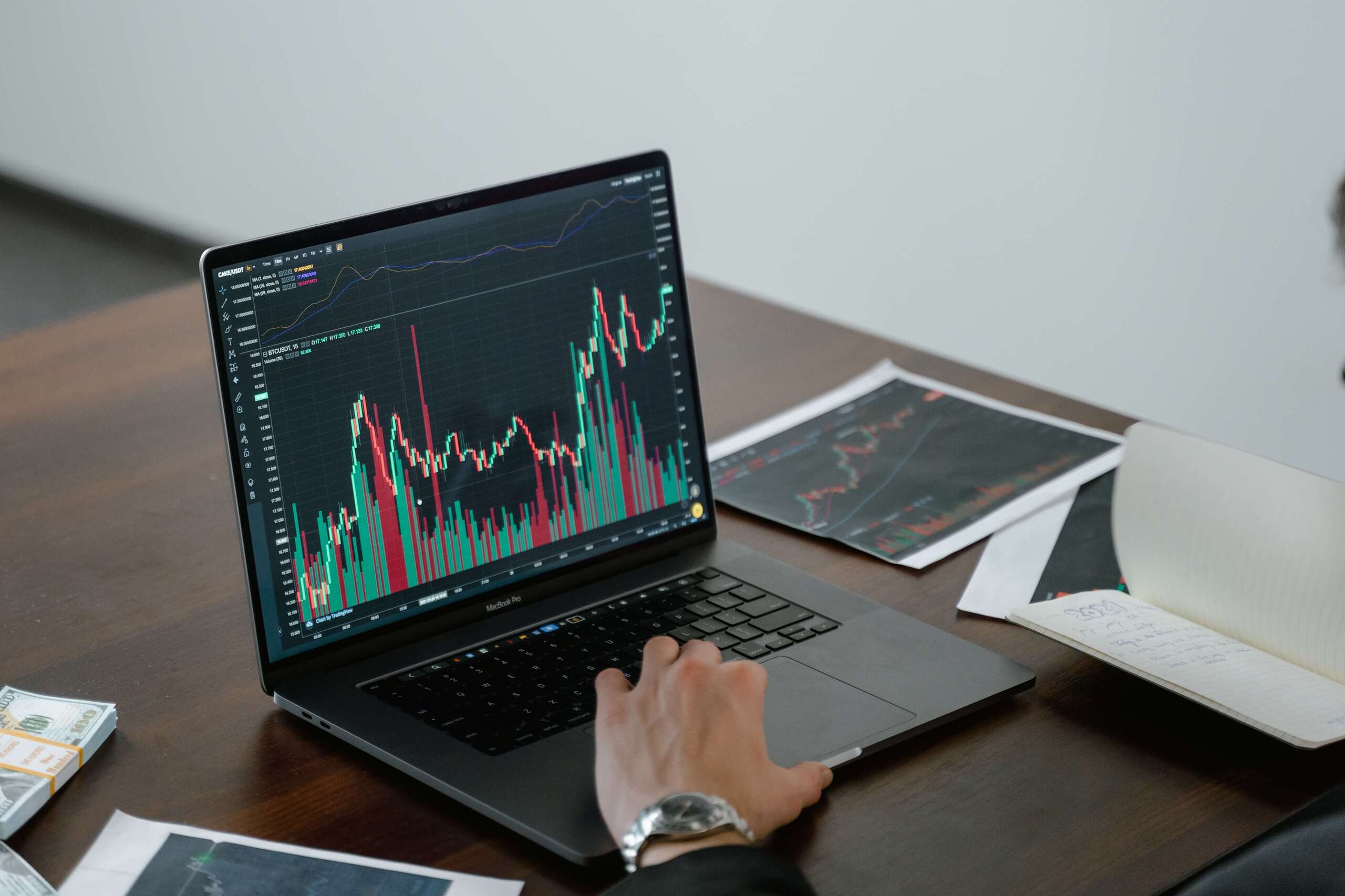Forex trading is buying and selling currencies in the foreign exchange market. Forex traders can make profits or losses from the fluctuations in exchange rates between different currencies.
But how much can you make with $1,000 in Forex? The answer is not simple, as it depends on many factors, such as:
- Your trading strategy
- Your risk management
- Your trading frequency
- Your trading fees and commissions
- Your trading platform and broker
This article will explain how these factors affect your potential income from forex trading and provide estimates based on average scenarios.

Your trading strategy
Your trading strategy is the rules and criteria that determine when to enter and exit a trade. Your trading strategy can be based on technical analysis, fundamental analysis, or a combination of both. Technical analysis is the study of price patterns and indicators on charts. Fundamental analysis studies economic and political factors that affect the supply and demand of currencies.
Your trading strategy will influence how much you can make with $1,000 in Forex by affecting your win rate, average profit/loss, and profit factor. Your win rate is the percentage of trades you win out of the total number of trades you make. Your average profit/loss is the amount of money you make or lose on each trade. Your profit factor is the ratio of your total profits to your losses.
For example, if you have a trading strategy with a 60% win rate, an average profit/loss of $10, and a profit factor of 2, it means that out of 100 trades, you will win 60 and lose 40. Your total profits will be $600 ($10 x 60), and your total losses will be $400 ($10 x 40). Your net profit will be $200 ($600 – $400).
To estimate how much you can make with $1,000 in Forex using your trading strategy, multiply your net profit by your monthly trades. For example, if you make 20 trades per month using the above strategy, you can expect to make $4,000 per year ($200 x 20 x 12).
However, this is just an estimate based on an ideal scenario. Your trading results may vary depending on market conditions, execution speed, slippage, etc. Therefore, you should always test your trading strategy on a demo account before using it on a live account.
Your risk management
Risk management is identifying, measuring, and controlling the risks involved in your trading. Risk management helps you to protect your capital and avoid significant losses. Some of the tools and techniques of risk management are:
- Stop-loss orders: A stop-loss order is an order that closes your trade automatically when the price reaches a certain level that you specify. A stop-loss order limits your loss on a trade and prevents you from holding on to a losing position for too long.
- Take-profit orders: A take-profit order is an order that closes your trade automatically when the price reaches a certain level that you specify. A take-profit order locks in your profit on a trade and prevents you from giving back your gains to the market.
- Risk-reward ratios: A risk-reward ratio is the money you are willing to risk to the amount you expect to make on a trade. For example, if you risk $50 to make $100, your risk-reward ratio is 1:2. An excellent risk-reward ratio is at least 1:1.5 or higher, which means you expect to make more than you risk on each trade.
- Position sizing: It determines how much money to invest in each trade based on your risk tolerance and account size. Position sizing helps you to diversify your portfolio and avoid overexposing yourself to one currency pair or market.
Your risk management will influence how much you can make with $1,000 in Forex by affecting your drawdowns and recovery factor. Your drawdowns are the periods when your account balance declines due to losses. Your recovery factor is the ratio of your net profit to your maximum drawdown.
For example, if you have a net profit of $200 and a maximum drawdown of $100, your recovery factor is 2. A high recovery factor means you can recover quickly from your losses and grow your account.
To estimate how much you can make with $1,000 in Forex using your risk management, you need to multiply your net profit by your recovery factor. For example, if you have a net profit of $200 and a recovery factor of 2, you can expect to make $400 per year ($200 x 2).
However, this is just an estimate based on an ideal scenario. Your risk management may not always work as planned, and you may face unexpected losses or market shocks. Therefore, you should always use a risk-management method such as the 1% risk rule, which means you never risk more than 1% of your account value on a single trade.

Your trading frequency
Your trading frequency is the number of trades you make daily, week, month, or year. Your trading frequency will depend on your trading style, strategy, and time availability. There are different types of trading styles, such as:
- Scalping: Scalping is a type of trading that involves making multiple trades quickly to take advantage of small price movements. Scalpers usually trade on lower time frames, such as one-minute or five-minute charts, and hold their positions for a few seconds or minutes. Scalpers can make hundreds of trades daily but pay higher fees and commissions due to their high trading volume.
- Day trading: Day trading is a type of trading that involves opening and closing trades within the same day. Day traders usually trade on higher time frames, such as 15-minute or one-hour charts, and hold their positions for a few hours or less. Day traders can make a few to several trades daily but face higher market volatility and stress due to their short-term focus.
- Swing trading: Swing trading is a type of trading that involves holding positions for several days or weeks to take advantage of more significant price movements. Swing traders usually trade on higher time frames, such as four-hour or daily charts, and use technical analysis and market trends to guide their decisions. Swing traders can make a few to several trades per week or month, but they also face higher overnight risks and swap fees due to their longer-term holding periods.
Your trading frequency will influence how much you can make with $1,000 in Forex by affecting your compounding effect and opportunity cost. Your compounding effect is reinvesting your profits into your trading capital to increase your returns over time. Your opportunity cost is the potential profit you miss out on by not taking another trade or investment.
For example, if you make $50 per month and reinvest it into your account, you can grow your account to $1,600 in one year ($1,000 x (1 + 0.05)^12). This is the compounding effect. However, if you could have made $100 monthly by making more trades or using a different strategy, you would have missed $600 in one year ($100 – $50 x 12). This is the opportunity cost.
To estimate how much you can make with $1,000 in Forex using your trading frequency, multiply your net profit by the number of trades you make per month and the compounding effect. For example, if you make $50 per trade and ten monthly trades, you can expect to make $6,000 per year ($50 x 10 x 12 x (1 + 0.05)^12).
However, this is just an estimate based on an ideal scenario. Your trading frequency may not always be optimal, and you may face periods of low volatility or high competition. Therefore, you should adjust your trading frequency according to market conditions and personal preferences.
Your trading fees and commissions
Your trading fees and commissions are the charges your broker or platform applies for executing your trades. They can vary depending on your instrument, broker, and platform. There are different types of fees and commissions, such as:
- Spreads: A spread is the difference between the bid and ask prices of a currency pair. The bid price is the price at which you can sell a currency pair, and the ask price is the price at which you can buy one. The spread is how brokers make money from your trades. The lower the spread, the better for you as a trader.
- Commissions: A commission is a fixed fee your broker charges for each trade you make. Commissions are usually based on the size or volume of your trade. The lower the commission, the better for you as a trader.
- Swap fees: A swap fee is a charge your broker applies to hold your position overnight. Swap fees are based on the interest rate differential between the two currencies in pairs.









